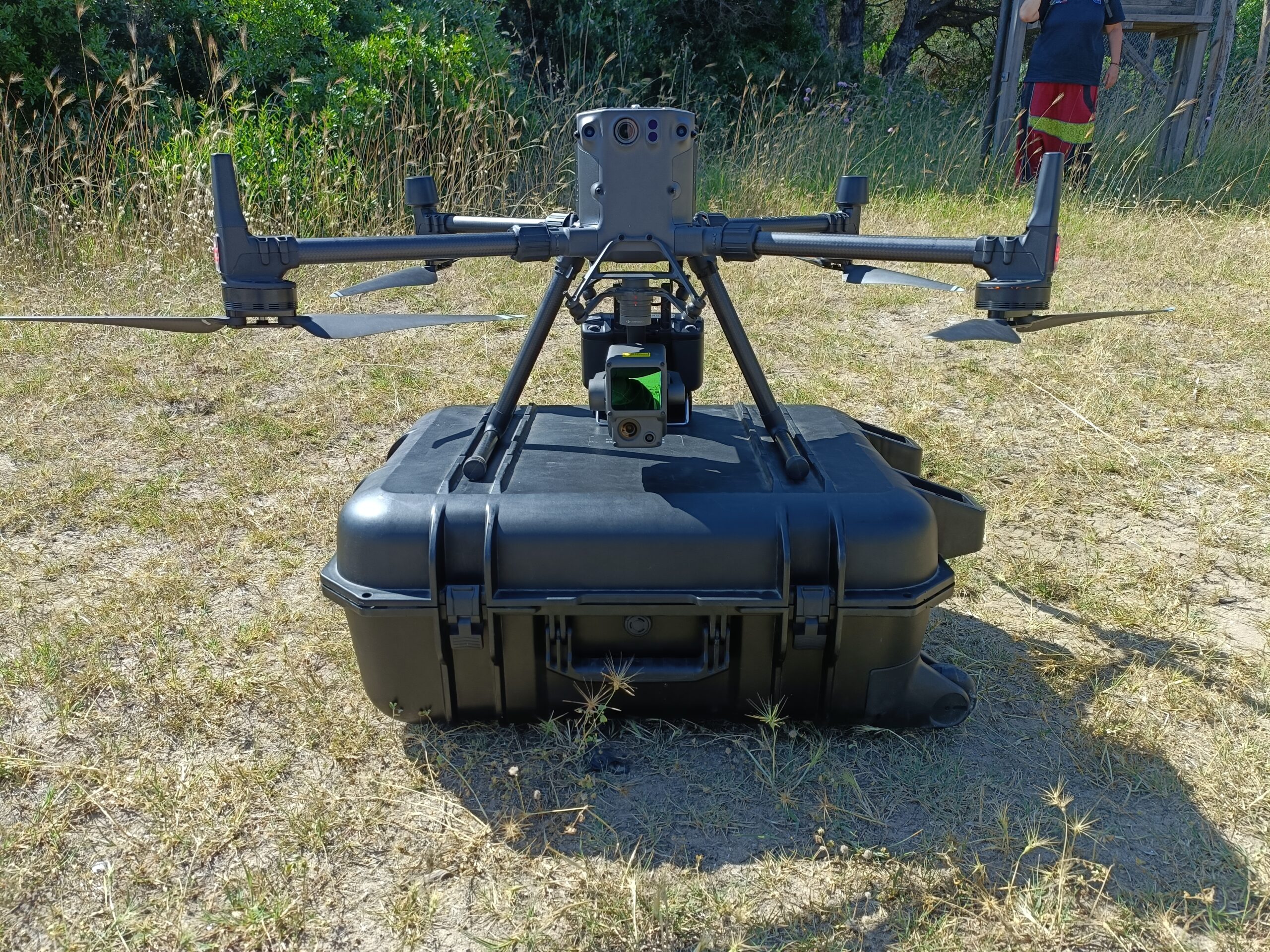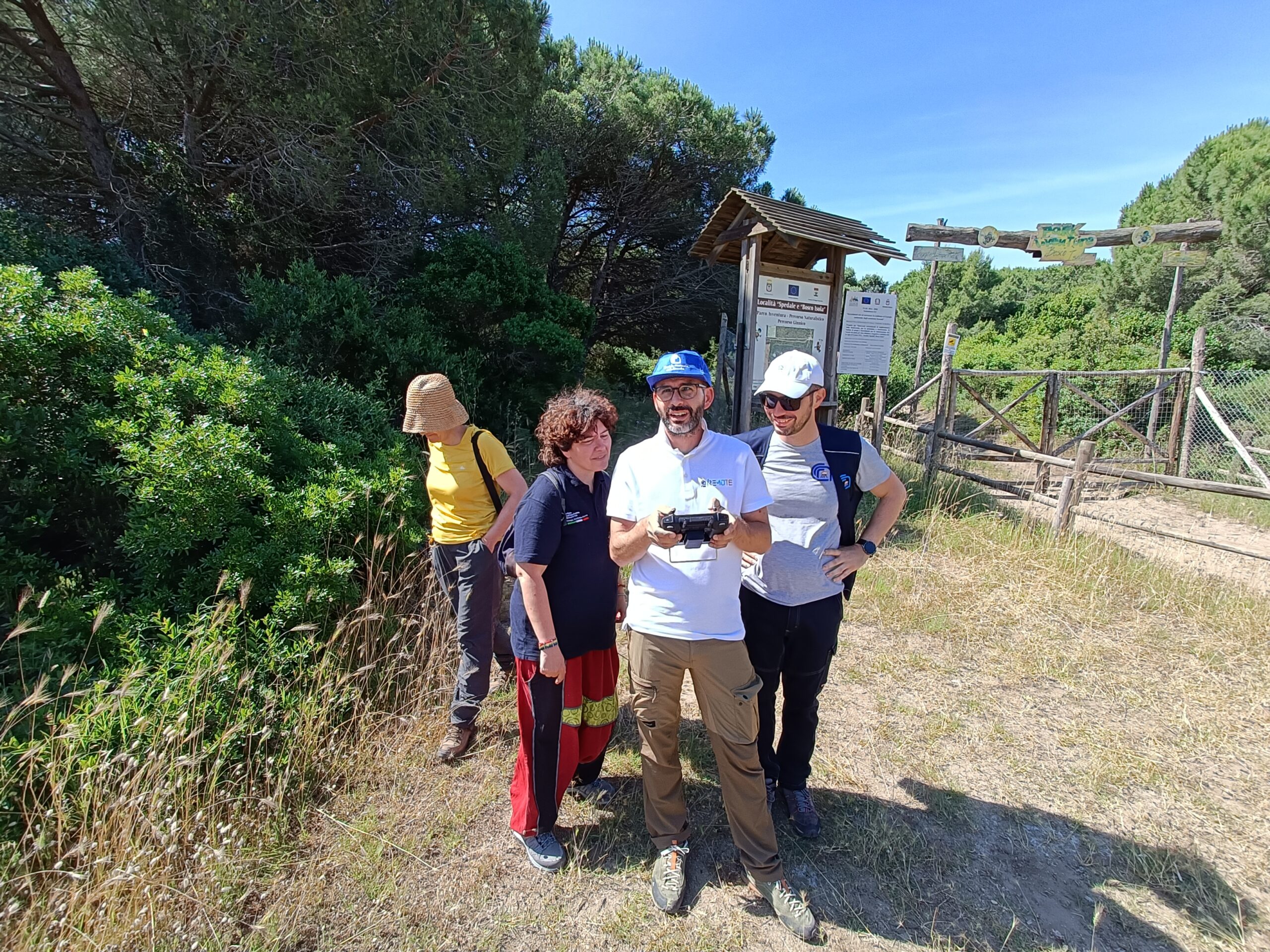
BROWSE THE GALLERY ????
In the first days of June joint activities were carried out, through UAS, between the two Institutes of the CNR within the framework of the Project “Natura 2000 network: habitat monitoring actions (*2250, *9210, *1120, *8330, *1170) and species (Stipa austroitalica, Charadrius alexandrinus, Larus audouinii) - Puglia region, coordinated by Department of Biosciences, Biotechnology and Environment (DBBA) of the University of Bari. These activities were possible thanks to the signing of a collaboration agreement between the Institute on Pollution Atmospheric and the Institute of Geosciences and Georesources of the CNR for the application and development of techniques of remote sensing through the use of UAS systems.
The CNR-IIA personnel belonging to theThematic area Earth Observation of Bari, UAS laboratory of the CNR-IIA of the Rome1 Research Territorial Area, the CNR-IGG through the Area Service REMOTE and DBBA.
In particular, theAction 1 of project, Habitat Monitoring *2250 “Coastal dunes with Juniperus spp.”, aims among other things to develop and test a automatic recognition procedure of the habitat 2250*, based on the use of an approach to rules deriving from the expert knowledge of the sites, through thecombined use of remote sensing data and field data. The area involved in the experimentation is the site Dune and lake of Lesina-Foce del Fortore (code IT9110015).
I reliefs were carried out indune area of Lake Lesina and Pinewood of Marina di Fantine, with the aim of analyze and correlate in detail the morphological and vegetational aspects. These surveys were conducted by means of the use of a MATRICE 300 RTK drone with integrated optical sensor and LIDAR which allowed to obtain multiscale data depending on the flight altitude. The acquired images led to the 3D reconstruction ofdune environment and the creation of detailed orthophotomaps, which can be used as validation data of satellite image processing with lower geometric resolution, supporting theidentification more vegetational aspects of the psammophila series, first of all the herbaceous ones (e.g., Habitat 2110 - Mobile embryonic dunes and Habitat 2120 - Mobile dunes of the coast with the presence of Ammophila arenaria - white dunes).




